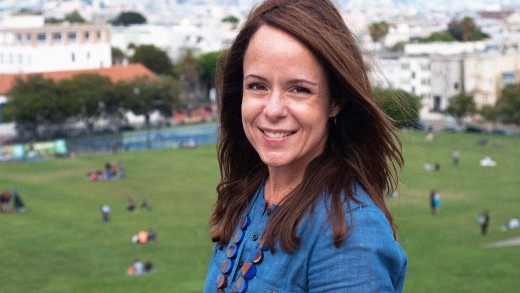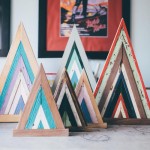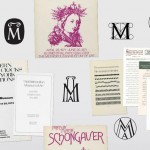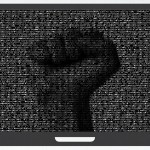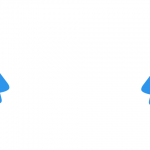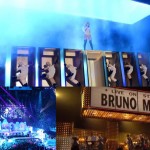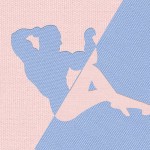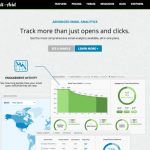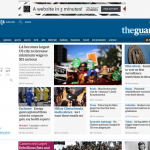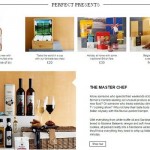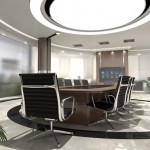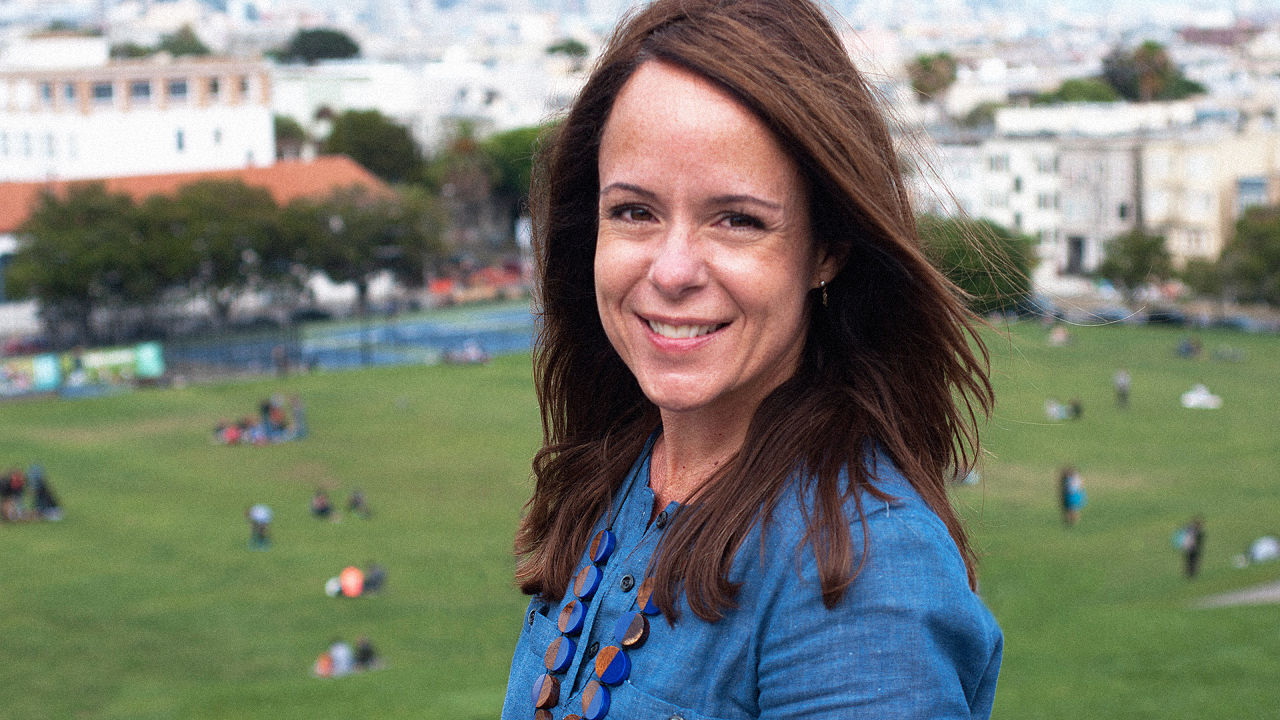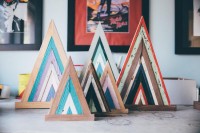Denise Gershbein Knows Design Is A Pathmaker
“Maybe I’m still a bit of an idealist after all.”
How did you get to where you are today?
I got to this place in my career not by aiming for a role, but because of a mantra I’ve always followed in my design process, which is getting to the next level of “why.” I started out as a graphic designer, which is about communicating through aesthetics, but I wasn’t satisfied with that. I wanted to know why people process information and interact with things the way they do. Then along came the Internet and these things called websites, and suddenly I was curious about why this two-way digital form of communication was different from static graphic and print design. I went to grad school at Stanford and studied HCI [human computer interaction], symbolic systems, and needfinding, so that I could apply that to product design. I feel like I was trying to move from the surface level of the way things look, down to the core of why they—and we—behave the way they do.
After grad school, I landed at Frog, where I’ve worked across many different domains on all kinds of products and experiences, literally from soup to NASA Mission Control. This breadth pushed me to wonder why companies offer the products they do, and does the way the products are built serve people well? And what does that mean? How can products, and technology especially, help people live better lives? Can it? How does that inform my design work? You can see many instances in this progression where I was asking “why” again and again.

At Frog, we apply a human-centered design approach across many kinds of physical and digital experiences, and even to organizational processes and structures, and this has made me hungry to learn how to form relationships with the companies I’m interested in. How can I develop thoughtful projects and processes with my teams, create experiences that are meaningful and hopefully make the world a better place, and work with the kinds of clients that are interested in the same questions? This kind of thinking has drawn me up the ladder from being the designer to being the person forming relationships and driving ethical and philosophical conversations about design.
When did you realize you wanted to be a designer?
Probably from the moment I was three, when I was watercoloring with white paint on off-white newsprint and realized “white” could mean different things. That blew my mind, and I’ve never known anything else. I was one of those super creative kids who was always drawing and writing poetry. From a very young age, people would tell me I was going to be an artist when I grew up, and I never knew what that would look like. In fifth grade, I entered an art competition, where we were challenged to draw something about the future. My drawing of a “bedroom of the future” won. It showed a bed that was electrically adjusted to the right angle; it warmed a tray of hot cocoa, there was a teddy bear companion to comfort you, it had an automatic light when you needed it, and it could all tuck away when not in use. When I look back on it now, it’s so clear that it was all about empathy, technology, and experience design. In fact, I did a project last year with a local hospital system, and I was designing that same kind of room, and I thought, Wow, this has really come full circle.
When I was in high school, a recruiter from Savannah College of Art and Design came to talk to us about graphic design, which I had never heard of. I think that’s when the light went off in my head: Being an “artist” is something I could get paid to do.
Today I feel fortunate to be in the right place at the right time—working with technology, studying how people learn and think and interact with each other, and trying to do good things in the world with my skills.

Talk about some of the experiences that influenced your career path.
I actually ended up attending SCAD, and what I remember most about my training there is not design, but what I learned from the other arts, like music and literature. In music classes, we studied the structural differences between jazz and classical music, and I began to understand tone, pattern, and rhythm. That’s when I really awoke to the notion of frameworks: how different disciplines explain and organize the world with their own principles, language, and structures.
I also had an “aha” moment during a class where I was studying psychological realism in literature, about how you can look at the mind and time and perception, and how psychological biases can color our experiences and emotions.
This combination of frameworks—education, science, biology, and art—is really integral to who I am as a designer today. Design, for me, is not just about the aesthetics of things, it’s a method for transforming, and hopefully elevating, the how and why of our daily experiences with the things that are manufactured and created in the world.
How much emphasis do you place on education?
Last summer, I was on a panel speaking about wearables design. Afterwards, a lot of young people came up to ask me how they could get into this business and what to study to get there. I think they were expecting me to tell them to learn to code or to drive hard on business development and entrepreneurship. But instead my response was that to do this kind of thing, to design things for the body, for experiences, for identity, you should look at Chinese medicine and other body systems. You should understand philosophy and ethics. You have to explore poetry, literature, spiritual and cultural systems. You really need to understand almost all the humanities, to bring together a very complex, layered point of view.
It’s important to have an education, but more so to collect and create expansive frameworks and experiences in your own life, to have a thorough understanding of what you study, and, most importantly, to combine those to create the richest but also the most empathetic and resonant possibilities for the people who are going to experience your work.
What are some of the hard lessons that you had to learn?
Just because your idea is good for people doesn’t mean it’s right for the client, because the businesses you’re working with won’t always share your values.
Early in my design career, I was very idealistic and also somewhat righteous, but I’ve learned that righteousness doesn’t get you very far. Not if you actually want to put things in the world that make a difference. If you can understand where the people across the table are coming from, whether they’re looking through a financial lens, a strategy lens, or whatever, you have a better chance of getting your ideas to succeed. So, that was a really hard lesson to learn—it wasn’t just about being right, it was about working within those constraints and understanding the different points of view of those in various roles.
I remember one presentation we had at Frog, I had this feeling of vertigo thinking, Who am I to be in this room with the C-level executives, telling them what to do with their Fortune 500 strategy? It was exciting to think that we could influence their portfolio, and really affect the products that they would put out to a mass audience. Unfortunately, our ideas were good, but they weren’t the right fit for that particular company’s values and strategy, and that was a really hard pill to swallow. Sometimes business is driven by a bottom line, or by shareholder considerations, and the human experience doesn’t always trump those kinds of things.
Organizations and corporations, they’re so much like people. People are fallible and have personalities—and they can get sick. You have to get to know each one to understand who and what you’re dealing with, and how to best partner with them to drive change.
What does design mean to you today, and has that changed over time?
We are at a really interesting moment in the world of design, because it’s at its most powerful, but also at its most ambiguous. When I started my career, design meant, simply, aesthetics. It stood for how something looks, how it’s shaped, what are the colors, materials, what’s the form. But today, design is so many different things; it falls under so many different disciplines. You’ve got industrial design, experience design, service design, organizational design, and that’s not even getting out into the other branches like interior design, architectural design, etc.
Not only that, but the kind of design we do at Frog is multilayered. There is the aesthetic layer. Just underneath that is what you might call the experience or service layer: how you’re interacting, what’s being offered. And underneath that is the process layer: how we design with clients, or communities, teach others to do what we do, and even driving organizational or cultural change at a massive scale.
For me, design is a means of shaping experiences and processes, regardless of which level you’re working at. And that covers everything from the physical to the digital, time and space, human-to-human and human-to-computer interactions, and the entire ecosystem around those interactions. We’re bringing together so many different disciplines, collaborating with many different partners to create these very complex experiences, and so “design” is a much bigger thing in that sense. For example, my team at Frog has been working with the local grant-making organization Tipping Point, whose charter is to alleviate poverty in the Bay Area—not as a traditional product design client, but as a partner. We’re working together to enhance the service design capabilities of organizations that receive Tipping Point grants. The goal is to help the grantees innovate better and pilot new programs and service models, like childcare for low-income neighborhoods. So, we’re not just designing a thing, we’re looking at the processes that could help service organizations develop programs for the communities they serve. It’s a very meta kind of design.
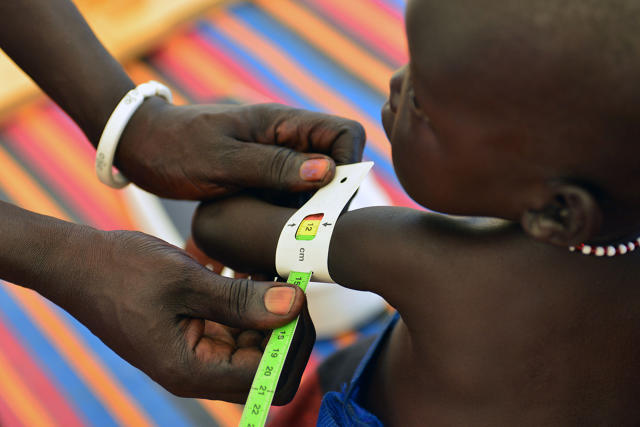
Do you think there are some design trends that should be stopped?
I’d like to see more people thinking about design as the bridge and the translator between different partners within the system than as a downstream process after a strategy is already in place.
I was fortunate to lead a three-way partnership with Frog, the chipmaker ARM, and UNICEF Innovation. One of the first things we did was spin up a global “Wearables for Good” challenge to see if wearable technologies are a good asset for certain communities in need. If so, what should they be? It’s a really relevant conversation in terms of what’s happening with mobile adoption, and with the Internet of Things, sensors, data, and privacy, and it helps push forward the debate around wearables by challenging their current definition and use-case.
I feel like designers have the unique ability to bring together these two worlds: of social impact, where UNICEF is trying to help mothers and children around the world, and of technology, as with ARM. As a designer, I can sit between those two partners and combine the UNICEF use cases or scenarios with the technology ARM is developing, and create something entirely new—and useful. That’s very different from being hired as a designer downstream to design a thing after the strategy’s already in place. Designers today can form these partnerships and drive the ethical, philosophical, and strategic conversations in the directions that we want to go.
Do you think that there are leadership approaches that come naturally to women?
I think about this question a lot: is x quality just me, or is it women in general? And should we even ask this question? What if the question were flipped? Would I want to listen to a man describing leadership approaches that come naturally to men? Probably not.
Do I think there are traits that some women have that happen to apply to nongendered leadership? I do think a lot of women are often looking at the health of the system. Whether it’s the culture they’re in at work, or a service concept within a larger ecosystem, we’re looking at many different aspects at once and trying to keep all the elements in harmony. I know I’m always looking out for impact—positive and negative effects that ripple out from the products or processes we put in place. And I think that’s a really important skill to have when you’re a leader.
When you walk through airports and you see families on vacation, you might notice it’s often Mom carrying three suitcases, juggling the toddler, getting the nine-year-old a snack, carrying the tickets, seeing what gate they need to get to. I don’t see this as an indicator of “what moms do.” Rather, it’s a really vivid and positive example of how women, moms or not, are always surveying the entire scene, whatever it is. They’re making everything work together seamlessly, and they’re generally damned good at it. And so I think that’s probably one of the biggest advantages of being a woman. I think people in the workplace tend to follow the charismatic individual—the person who’s leading through strength and personality, but not necessarily a systems approach. Leaders who approach things in a systems way are typically quieter about their role and tend to not get the recognition for that. They just make things work—and they do so by making room for everyone to do well, not just themselves.

Let’s say you’re working with a passionate designer, and you have to move them to think beyond their perspective. How do you get them to do that?
I find that it’s often prying people’s brains and attention from the task that’s right in front of them and getting them to look up and outward, and reconnecting to the human experience, the big world outside.
Often in the consulting world, you will get a project from a client, and there’s this sense of having to complete the assignment at hand, get the A. But we always have to remind ourselves that if you’re working on a health care product, for example, it’s not just about creating some app interface according to a release schedule. It’s giving yourself space and permission to break the rules of “work.” You have to constantly lift your head and remember, you are serving someone, for example, who is dealing with chronic illnesses. What are the painful emotions that they’re dealing with? What kind of supportive or unsupportive community do they live with? What are the bureaucracies they deal with in the health care and insurance systems? You have to both get outside yourself, but also find ways to imagine how you would feel in that context yourself. Pain, longing, isolation, what else? It’s back to those body systems, psychology, and other poetic inspiration I mentioned earlier. You have to remember that you are not a production resource; you are a human being designing for other human beings. Trust that the big ideas don’t come by the clock, but if you give yourself the space, they will come.
Design is often about convincing people to break from convention. How do you get people to buy into an idea from left field?
The times when I’ve had the greatest success was not by forcibly winning over clients with statistics and numbers and architecturally sound presentations. It was by actually going in the room and being vulnerable and telling personal stories about myself that would connect them and their own vulnerabilities to the ideas as well.
So you have to open up by acknowledging this is business, but we’re all human beings in this room and we all have fears, we all have hopes, we all have imagination. And if you can somehow connect to that on a very anecdotal, personal, authentic level right from the start, you can get everyone not necessarily on your side, but at least in the same arena to be inspired and to think about design opportunities. That helps people see things differently, more softly, perhaps, rather than being tamped down by business considerations right from the start.
You can’t go in a room and beat a client over the head with your clever ideas. That never works. But if you can win them over as a human being, and draw on their personal sense of how the world might be, I think it tends to go further. Maybe I’m still a bit of an idealist after all.
(23)

